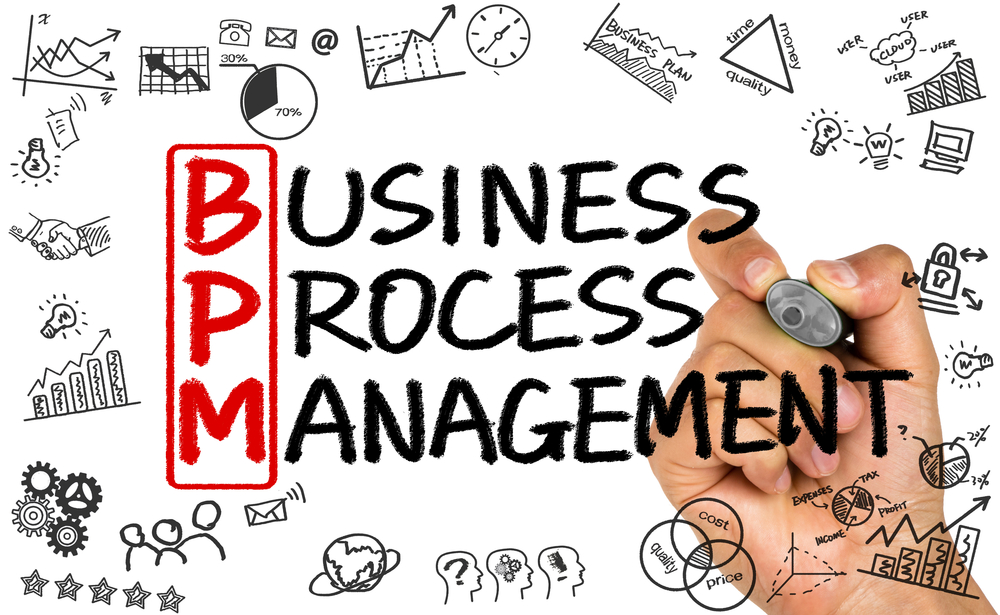Process management software as a solution to your processes delivery. It guides your organization process-by-process through the entire process life cycle, from vision and strategy to design, implementation, change management and improvement. This blog post will explain what business process management is, why it’s important for businesses in various industries, along with its advantages and disadvantages.
A business process management software is a critical aspect that you need for your business processes which are implemented to make sure that a company runs smoothly whenever there is ease and efficiency. You can also make sure that there is a great impact on the various business operations such as marketing, sales, and supply chain with the help of processes management software.
Here is a list of the best BPM software.
Appian processes management software review

Appian is a business process management (BPM) software that helps companies to manage and automate their business processes. It also helps in integrating your data, applications, and systems. Appian integrates with popular third-party cloud services like Salesforce, Facebook, Twitter, Google Maps and many more.
Cloud-based Appian allows users to create their own applications without the help of IT or developers. To make it easier for the users, Appian allows them to pick from a wide range of drag-and-drop templates or create a new one from scratch according to the user’s requirements.
The latest version of Appian is 17.1 that was released on May 22nd 2018 has new features in this release include:
Process Templates: Users can now save time by cloning existing processes and have a ready-made template for new processes.
External Data Object: This feature makes it easier for users to connect to external data sources like SQL Server and Oracle.
Enhanced Process Modeling: Users can now easily add a step to an existing process model by simply dragging a step from one process model into another process model being built.
Enhanced User Interface: The user interface has been completely revamped making it easier for users to navigate through the system.
Comindware Tracker processes management software review
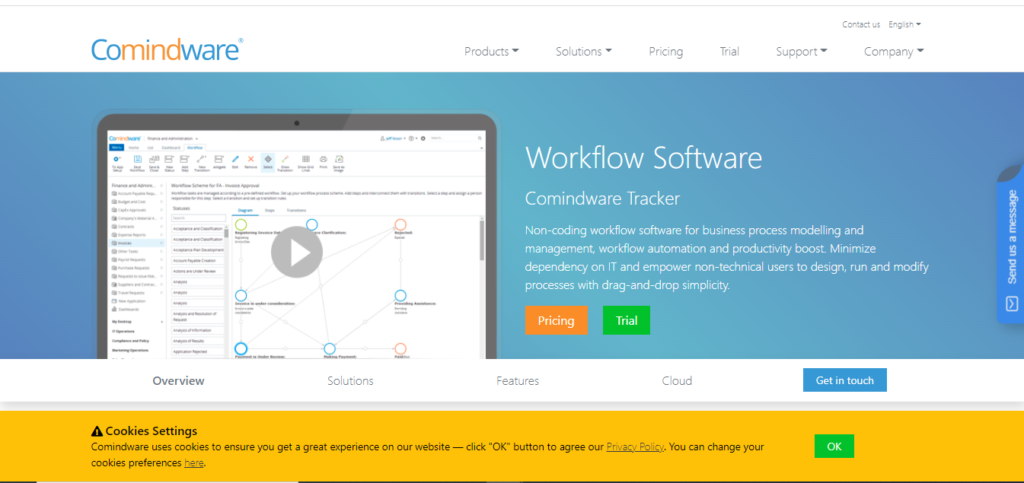
Comindware Tracker is a workflow management software that helps to automate business processes and create workflows. In the Comindware Tracker review we’ll deal with the main features of this BPM software.
Key Features of Comindware Tracker
- The most important features of Comindware Tracker are:
- Processes and tasks automation
- Workflow designer
- Task management system
- Automation of recurring tasks and operations
- Customizable templates for process automation
- Collaboration and communication tools
- Processes and Tasks Automation Software Review
One of the main purposes of workflow management software is processes and tasks automation. If your company has a number of standard processes, business p/rocess management software can help you eliminate a lot of manual work.
Comindware Tracker is an effective solution in this case as it allows to automate your daily routine, improve productivity and reduce errors at the same time. It provides a wide range of customization opportunities to make your workflow systems easy-to-use.
Oracle Fusion Middleware processes management software review
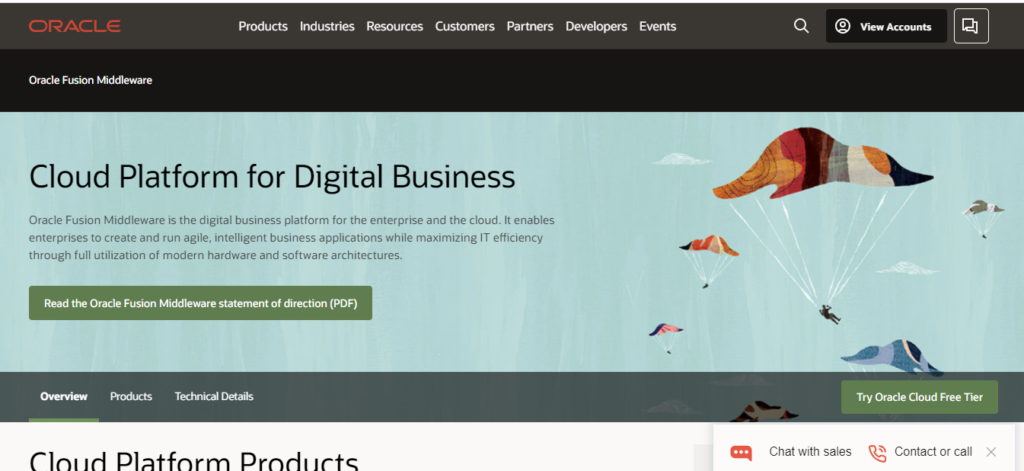
This Oracle Fusion Middleware review focuses on the processes management component of Oracle’s BPM suite, which is designed to help organizations create, manage and optimize business processes.
Oracle Fusion Middleware is the company’s integrated suite of middleware, which supports a wide range of application development and integration needs. Oracle Fusion Middleware Process Management is designed to help users create, manage and optimize business processes. This product is part of the larger Oracle Fusion Middleware suite.
The product has a number of features that might be attractive to business users, including:
Process modeling: This tool allows users to document, analyze and improve their business processes. Users have access to prebuilt process templates in various industries such as finance and banking or healthcare. Other features include an interface that lets users simulate and test processes before implementing them in production environments; the ability to define process automation rules; and social networking tools that let the entire organization collaborate on process improvement projects.
Process execution: This feature allows users to execute business processes in production environments, either as standalone systems or as part of other applications. It also gives users visibility into all aspects of running processes, including active tasks, completed tasks and process performance metrics.
Business activity monitoring: This tool enables users to monitor real-time and historical data
Nintex Workflow Automation processes management software review
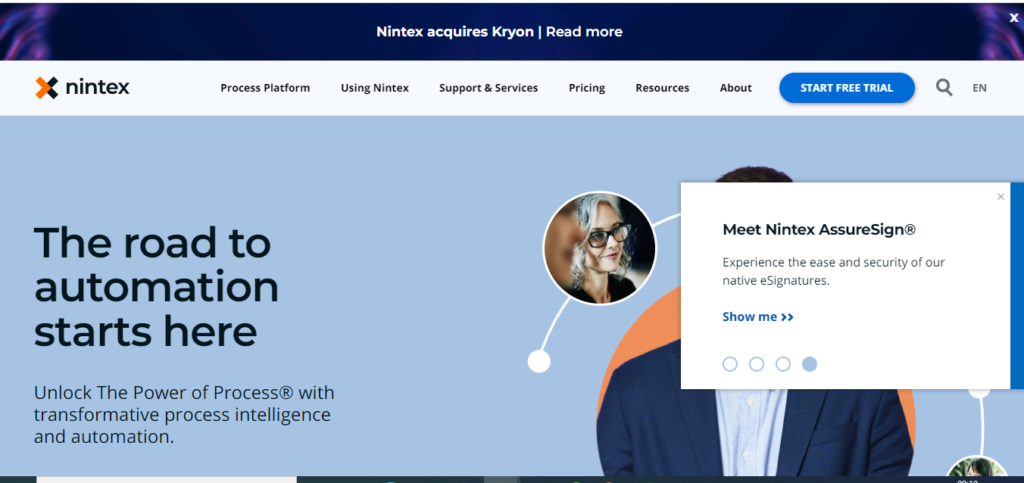
Nintex Workflow Automation is a workflow automation tool that is easily configurable and provides you with a visual interface for understanding where processes could be improved. It comes with a number of useful templates and includes connectors for hundreds of apps, including SharePoint and Salesforce.
Prices start at $900 per month (annual billing). Nintex Workflow Automation offers various pricing plans. See additional pricing details below.
Each plan includes the following features:
- Design templates
- Workflow designer
- Process analytics dashboard
- Workflow connector library
Oracle processes management software review
In this article, we will take a look at the Process Management Software from Oracle. (We will be covering a wide range of business process management tools in the coming weeks, so stay tuned!)
Business processes are all about working as a team to achieve your organization’s goals and objectives. But in a complex business operation, it’s not always that simple. In reality, there are many different people involved in a number of activities and tasks, not to mention different roles and responsibilities. It’s easy to lose track of everything that is going on — and what needs to happen to move things forward.
This is where Oracle Process Management comes into play. The software helps companies identify pain points, manage processes, workflows and tasks more efficiently, and measure progress along the way.
Oracle Process Management is designed to help businesses of all sizes increase productivity while decreasing costs by automating manual tasks with intelligent workflow capabilities.
ProcessMaker processes management software review
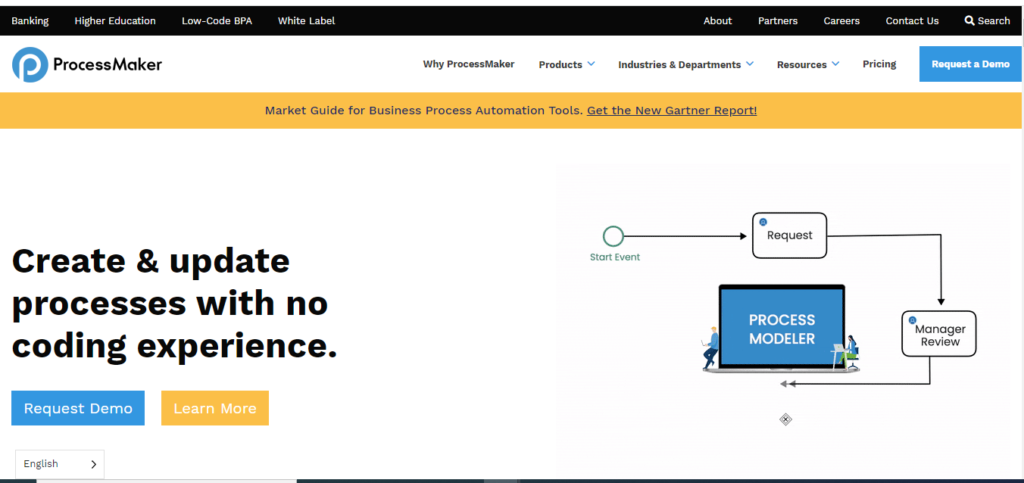
ProcessMaker is an open source web-based workflow management and business process management (BPM) software. It provides a low-code development environment for designing and running workflows and processes. Its core functionality includes workflow engine, forms builder, and reports builder.
ProcessMaker has a simple interface that enables you to model processes without coding. Processes are created using drag-and-drop, so anyone with basic computer skills can build custom business applications in minutes.
ProcessMaker offers more than 200 ready-to-use integrations with Google Apps, Office 365, Dropbox, salesforce.com, SAP ERP, NetSuite, SugarCRM and many others. The system facilitates automation of all kinds of processes – from employee onboarding to document approval to service requests to HR cases or customer communications.
The company claims its BPM tool is being used by over 3 million users worldwide in more than 1,000 organizations in 70 countries.
IBM Business Process Manager processes management software review
Business processes management (BPM) software is a category of tools that help companies manage and improve the way they do business. BPM software provides a way to visualize, define, automate and measure business processes.
Business process management (BPM) creates a plan for managing the work that needs to be done in an organization to achieve a specific goal. This plan can be used to identify unnecessary steps or tasks that take too much time and add little value to the organization.
In this review, we’ll focus on IBM Business Process Manager, an enterprise-level BPM tool with powerful process modeling capabilities.
IBM BPM is built on top of WebSphere Application Server, which means it has some advanced technical requirements. It also requires more initial setup than other BPM tools, but once you get it up and running it can help you better understand your business processes and identify opportunities for improvement.
How does processes management software work?
Business processes management software enables users to handle back-office processes, such as accounts payable and accounts receivable. It provides tools for designing, automating, and optimizing workflows. The best business processes management software can reduce costs and errors related to manual processing.
Many people confuse the term “business process management” with “business process automation.” However, business process automation refers to using technology to automate repetitive tasks. Business process management combines both automation and optimization of business processes.
Business processes management software can streamline all office activities that need a defined workflow. These workflows may consist of one or more activities — such as approvals, budgetary assessments, or audits — which involve multiple participants and are executed in sequence. Process managers can design workflows with appropriate steps in the right order.
Why automate business management processes?
BPM software is the process of automating and improving business processes, typically by modeling them according to specific criteria and then executing those models on a platform with collaborative functionality. This software can be used to manage a company’s business processes, including managing workflow and collecting data.
Automating certain business management processes can free up employees’ time to focus on other aspects of the business. In addition, it gives employees more flexibility in their work by allowing them to take the processes with them wherever they go. This type of software is also useful in maintaining compliance with regulatory standards, such as Sarbanes-Oxley and HIPAA.
What points of your process are you automating?
Business processes management (BPM) software is a cross-functional, cross-organizational tool that allows users, typically business managers and analysts, to model, execute and measure the efficiency of business processes.
BPM software is implemented in a variety of different ways to support a variety of different business processes. The primary goal of BPM software is to improve the effectiveness of your business by identifying and eliminating bottlenecks in your process that may be impeding your success.
To get the most out of BPM, you must determine the part of your process that you want to automate and then find out what types of BPM software are available for that particular area within your process. You can then begin evaluating vendors based on their ability to solve your specific problem area.
What about the human touch?
One of the most common concerns people have when it comes to implementing business processes management software is that it will eliminate the human touch.
But in reality, the opposite is true. Automated workflows provide more accurate, consistent information that makes it easy for human resources and other users to check in on a daily basis. This makes it easier for humans to get involved when they need to, which reduces the time required to complete tasks by an average of 40%.
What size of businesses need BPM software?
This is a BPM software question that is evolving on a regular basis. In the past, BPM software was only considered affordable to large enterprises with the budgets to buy and deploy expensive software. The rise of cloud computing, however, has changed the landscape. Now, any business can afford BPM software.
What size of businesses need BPM software?
It’s true that many small businesses think they don’t need automation because they don’t have too many processes in place yet. But as a business grows, so do its processes. The more employees it has, the more customers it deals with and the bigger its product lines are — all these factors lead to more processes and inefficiency issues that should be addressed.
At this point, it’s time for a new solution — business process management (BPM) software.
What’s different with cloud-based BPM vs. on-premise BPM?
Business process management software is typically cloud-based (sometimes called “Software as a Service” or SaaS), but can also be on-premise.
The main difference between BPM tools that are cloud-based vs. on-premise is that with on-premise solutions, the software lives in your own data center along with all of your other applications and data. With cloud-based BPM you access the software via a web browser or mobile device. Everything about the solution runs in the cloud. No hardware or IT resources are required.
What is the cost of business process management software?
The cost of business process management software can vary widely depending on its level of sophistication, delivery method, and the number of users it supports. It can be free if it is open source or offered as a freemium product. Otherwise, buyers should expect to pay between $2 and $150 per user per month (including annual subscriptions) for on-premises software. Saas-based BPM prices start at $1 to $10 per user per month (including annual subscriptions).
Conclusion
Business process management software makes the kind of big impact that is simple to understand. It helps streamline operations, reduce administrative overhead costs, and enable you to capitalize on new opportunities without delay. If you have any partners or contractors who work with your company, this is one type of system that would benefit everyone. BPM software can also help you get a handle on the big picture: by making it easy for you to see what’s going on throughout your whole organization at once, you’ll be able to keep everyone working together in harmony.


